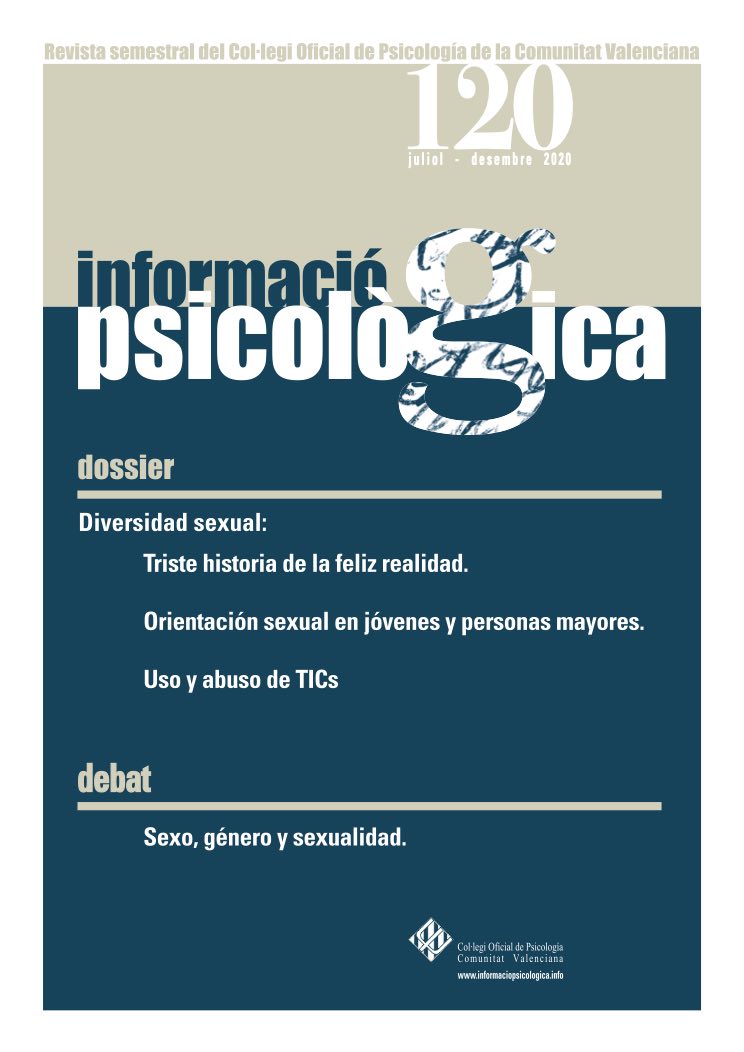Cybersex addiction according to sexual orientation: prevalence and predictors
DOI:
https://doi.org/10.14635/IPSIC.2020.120.5Keywords:
Cybersex, addiction, sexual orientation, motivesAbstract
Cybersex, a widespread sexual practice in society, can have certain benefits, but it also carries risks (such as developing an addiction). Given that the LGTBI group (Lesbians, gays, transsexuals, bisexuals and intersex) consumes it more frequently, the risk of addiction could also be higher. This study aims to analyze if sexual orientation increased the risk of addictive consumption of cybersex, and if the preference for certain Online Sexual Activities (ASOs) and the motivations fueling this behavior explained this increase. To this end, 553 people between 18-40 years old (54.2% men; 36.2% heterosexual, 36.2% bisexual, 27.7% homosexual) completed an online survey on cybersex consumption. In men, homosexuals presented greater severity of consumption (only in social ASOs [p <.001]). In women, differences based on sexual orientation were documented in almost all the indicators of severity of consumption (with bisexuals being presenting highest risk). Sexual orientation had little influence on the predictive power of the type of ASO and its motivations over the risk of addictive consumption. These findings highlighted the relevance of sexual orientation in understanding the use and abuse of cybersex, as well as the need to target our preventive actions towards vulnerable groups.
Downloads
Downloads
Published
How to Cite
Issue
Section
License
Nota de Copyright-Los autores que publican en esta revista están de acuerdo con los siguientes términos:
Los autores conservan los derechos de autor y garantizan a la revista el derecho de ser la primera publicación del trabajo al igual que licenciado bajo una Creative Commons Attribution License que permite a otros compartir el trabajo con un reconocimiento de la autoría del trabajo y la publicación inicial en esta revista.
Los autores pueden establecer por separado acuerdos adicionales para la distribución no exclusiva de la versión de la obra publicada en la revista (por ejemplo, situarlo en un repositorio institucional o publicarlo en un libro), con un reconocimiento de su publicación inicial en esta revista.
Se permite y se anima a los autores a difundir sus trabajos electrónicamente (por ejemplo, en repositorios institucionales o en su propio sitio web) antes y durante el proceso de envío, ya que puede dar lugar a intercambios productivos, así como a una citación más temprana y mayor de los trabajos publicados







